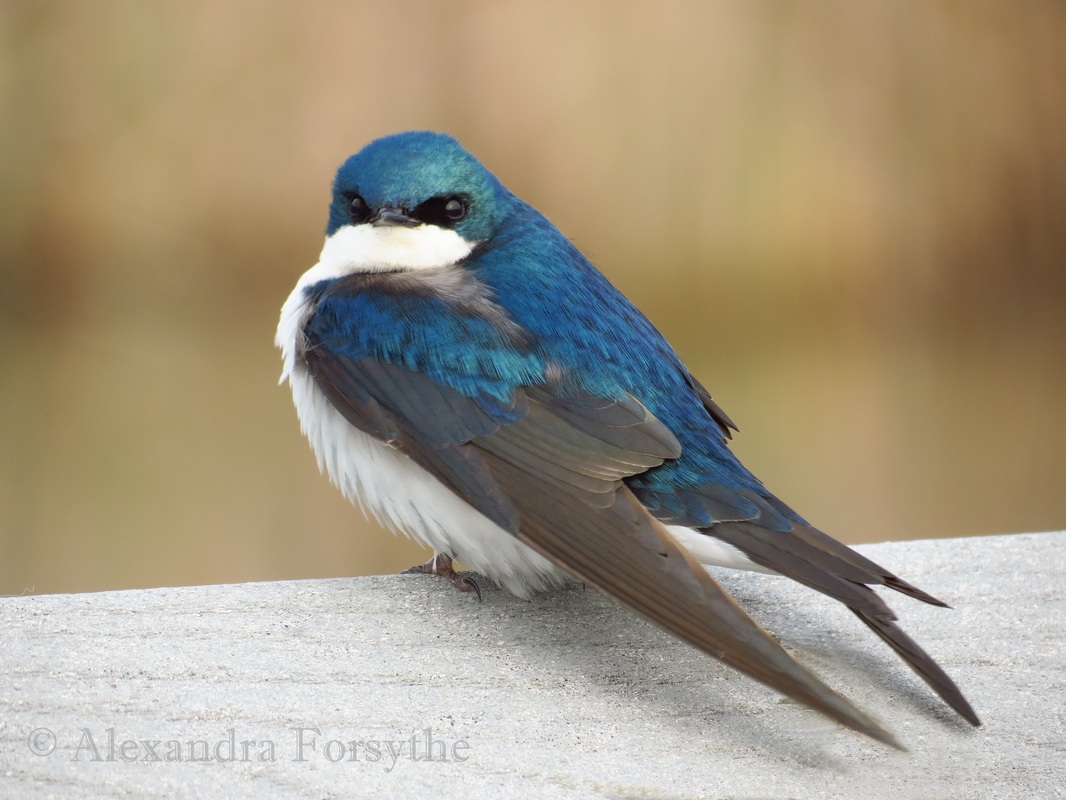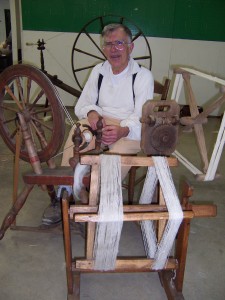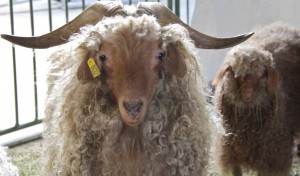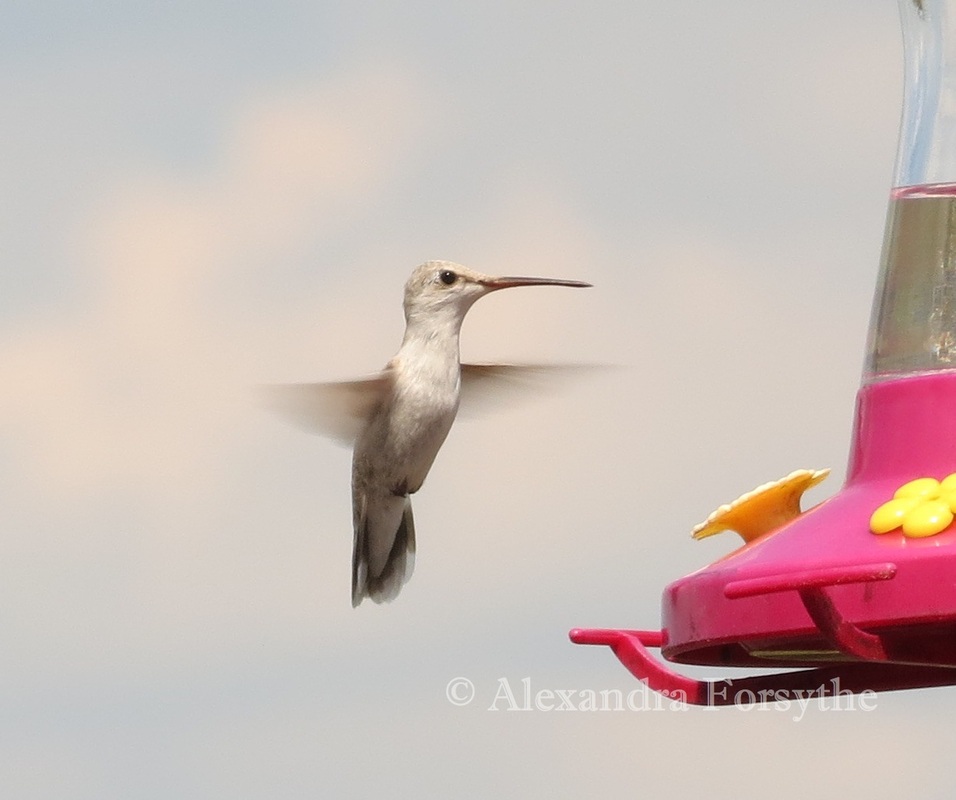Gene Stratton-Porter met interesting people throughout her life. Some became dear friends
besides business associates. Gene’s second book “Freckles” was published in 1904 by
Doubleday, Page & Company. Gene would become close to the Doubleday family.
Neltje Blanchan DeGraff was born into a prominent Chicago family in 1865. She was of the
same generation as Gene. Both woman would marry in 1886. Neltje married Frank Doubleday
who would found the publishing dynasty that would remain in the family until the 1980s. Frank and Neltje were often written about in the Society columns in New York. They owned a home in Manhattan and one on Oyster Bay.
Neltje and Gene were kindred spirits in nature. Neltje wrote under the pen name of Neltje
Blanchan. She was the author of eleven books with a focus on birds and wildflowers. One can
imagine the lively conversations these two women had with one another. Gene thought highly of Neltje and referred to her books as “invaluable.”
Gene and Neltje visited each other several times. In 1911, Frank and Neltje visited the
Limberlost Cabin in Geneva. Gene’s cook, Mary, was in England visiting family. Gene and her
secretary, Lorene Miller, worked together to make their guests feel welcomed. By all accounts it was an enjoyable week.
In the fall of 1916, Gene visited the Doubledays. Neltje questioned Gene about some of her
unusual experienced with birds. Gene told her some of her stories. She suggested that Gene write about her birding experiences. Gene did in her book “Homing with the Birds” which was
dedicated to “Dorothy and Nelson.” These were Frank and Neltje’s two children.
Neltje was involved in philanthropic work. Neltje, like Gene, was a great supporter of the
American Red Cross. Neltje made trips on behalf of the American Red Cross. It was on one such trip to China in 1918 that she died suddenly at the age of 52. It was devastating to Gene to lose this dear friend. In a letter that Gene wrote to a friend, she stated that she was upset with Frank for marrying so soon after Neltje’s death and she would have to get over it before she would visit him in New York again.
Her granddaughter, Neltje Doubleday Kings, created the Neltje Blanchan Literary Award in
2010. It is now called the Blanchan Doubleday Writing Award. A nice tribute to the
grandmother she never knew but was named in her honor.




 RSS Feed
RSS Feed
